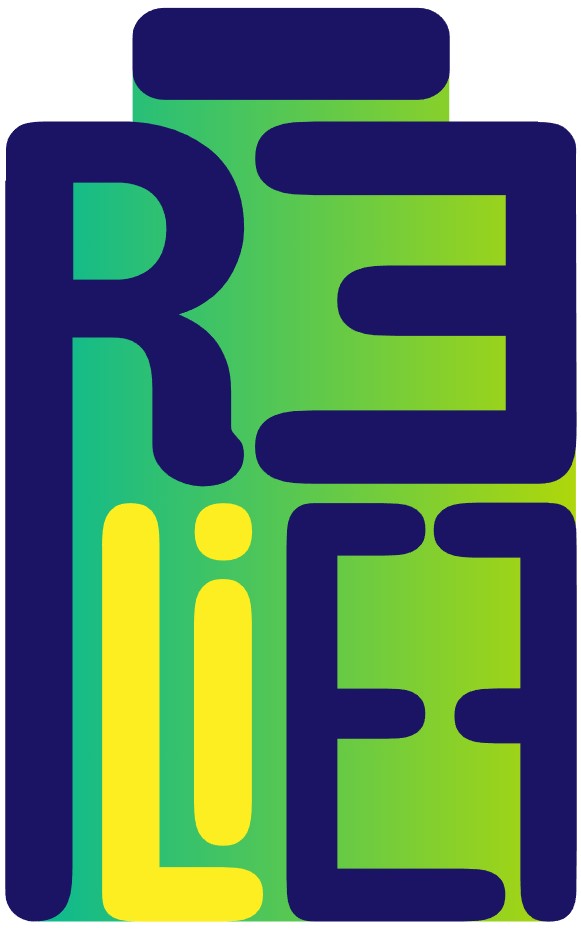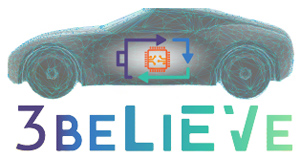
Key informations
- Full-electric maritime hybrid concept based
- https://seabat-h2020.eu/
Project description
The overall objective of SEABAT is to develop a full-electric maritime hybrid concept based on (1) combining modular high-energy batteries and high-power batteries, (2) novel converter concepts and (3) production technology solutions derived from the automotive sector. A modular approach will reduce component costs (battery, convertor) so that unique ship designs can profit from economies of scale by using standardised low-cost modular components. The concept is suitable for future battery generations and high-power components that may have higher power densities or are based on different chemistries. Expected results: optimal full-electric hybrid modular solution, minimising the battery footprint and reducing the oversizing (from up to 10 times down to max. 2 times). Validating as a 300 kWh system (full battery system test) at TRL 5, and virtually validating the solution for batteries of 1 MWh and above, using 300 kWh system P-HiL tests.
The result will be a validated hybrid battery solution for capacities of 1 MWh and beyond, a roadmap for type approval and a strategy towards standardisation for (among others) ferries and short sea shipping. The solution will deliver a 35-50% lower total cost of ownership (TCO) of maritime battery systems, including 15-30% lower CAPEX investment, 50% lower costs of integration at the shipyard and a 5% investment cost recuperation after the useful life in the vessel.
The SEABAT consortium unites all the necessary expertise for developing the hybrid topology and implementing it in the industry. The market pick-up of the SEABAT solution is maximised by having 20 shipbuilders and integrators in the consortium; they are represented by the SOERMAR association. The stakeholder group, in which end users and port authorities are represented, supports the wide adoption of the SEABAT solution in the European maritime market, and the increase in European skills base in large battery technology and manufacturing processes.
Avesta's role
- Support to the roadmap set up
- Defining the hybrid battery system architecture concept
- Modeling and sizing of the different battery system components
- Thermal management solution
- TCO calculation
- Testing and validation
- Dissemination
- Technical coordination
A few more projects
-

Gigagreen
European project Read moreGIGAGREEN proposes a structured research plan to develop and scale up novel electrode and cell component manufacturing processes that follow a Design to Manufacture approach in line with Europe’s strategic goal of becoming a global leader in the Li-ion battery value chain. This means that GIGAGREEN seeks for the minimum environmental impact and energy consumption, cell designs which facilitate the re-use and disassembly, increase of the cost-efficiency and safety of processes and products, and high-throughput technologies able to be easily scaled up and automated in the context of industry 4.0/5.0 gigafactories
-

RELiEF
European project Read moreRELiEF sets out with the clear goal of reducing lithium waste by more than 70% through the use of previously unused secondary lithium sources.
-

3beLieve
European project Read moreDelivering the 3b generation of LNMO cells for the xEV market of 2025 and beyond. The development of better materials for use in rechargeable batteries is vital for the future of the electric vehicle market.
-

Cofbat
European project Read moreAdvanced material solutions for safer and long-lasting high capacity Cobalt Free Batteries for stationary storage applications. Objectif : making Europe less dependent on raw materials.

